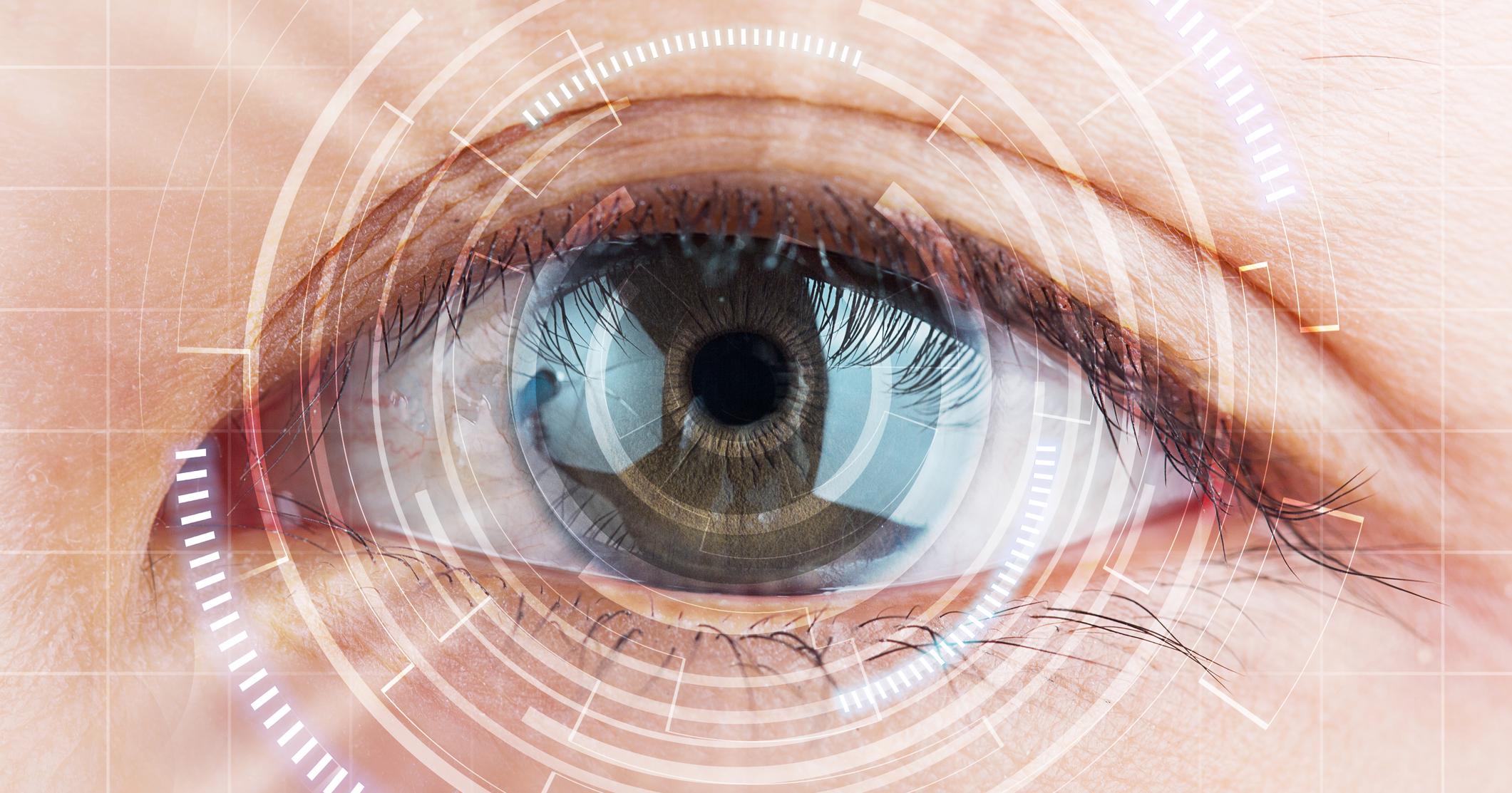The Pros & Cons Of Wearing Contact Lenses
Short of eye surgery, there are two primary ways to improve your vision: glasses or contact lenses. Contact lenses are worn on the eye, and they work by correcting refractive errors in the eye. They work a lot like glasses to refract and focus light properly so objects appear clearly. Contact lenses can fix the same vision problems as eyeglasses: nearsightedness, farsightedness, and astigmatism.
Nearsightedness happens when light rays focus too early in the eye and form a focal point in front of the retina instead of on it. Farsightedness occurs when the light rays can't form a focal point before reaching the retina. Astigmatism causes an abnormal curvature that distorts images. Contact lenses converge or divert light rays to move the eye's focus point onto the retina. If you're deciding if contact lenses are the right choice for you, consider the following important pros and cons.
Risk Of Eye Infections

One of the biggest risks of contact lenses is the risk of eye infections. Despite their convenience, individuals who wear contacts are at a higher risk of a serious infection called keratitis, which affects the cornea, or the outer covering of the eye. These eye infections are caused by parasite, fungus, or bacteria that invade the eye. One of the common infections among contact lens wearers specifically is Acanthamoeba keratitis, which is caused by a parasite, though they are also at a higher risk of bacterial and fungal infections.
Without treatment, keratitis can potentially penetrate into the interior portions of the eye and permanently affect vision. It's important to not wear lenses while swimming or using a hot tub to reduce the risk of eye infections. Remove contacts each night and use unexpired contact solution. The contact lens case should also be disinfected frequently.
Learn more about the pros of contact lenses now.
Unobstructed Vision

The biggest perk of contact lenses is they provide unobstructed vision. Unlike glasses, contact lenses will not be splattered with rain or mud, and they won't get oily, smudged, or smeared. Contact lenses move with the eye for a natural field of view without distortions or frames that obstruct vision. This makes lenses a good choice for sports and other activities because you do not need to worry about glasses getting in the way, breaking, or falling off.
Eyeglasses, on the other hand, sit about half an inch away from the eyes which can distort peripheral vision. Some individuals also notice blurry vision and trouble focusing on objects when first wearing glasses. The frames will typically always be visible to some extent, depending on the style of the glasses.
Reveal the first con of wearing contact lenses now.
